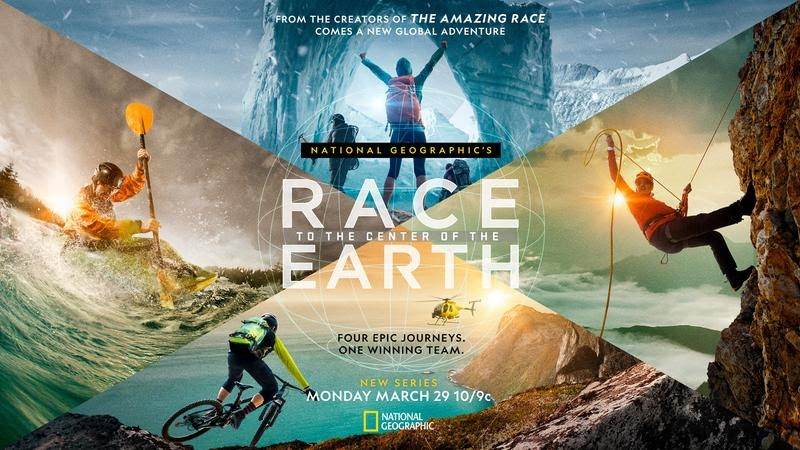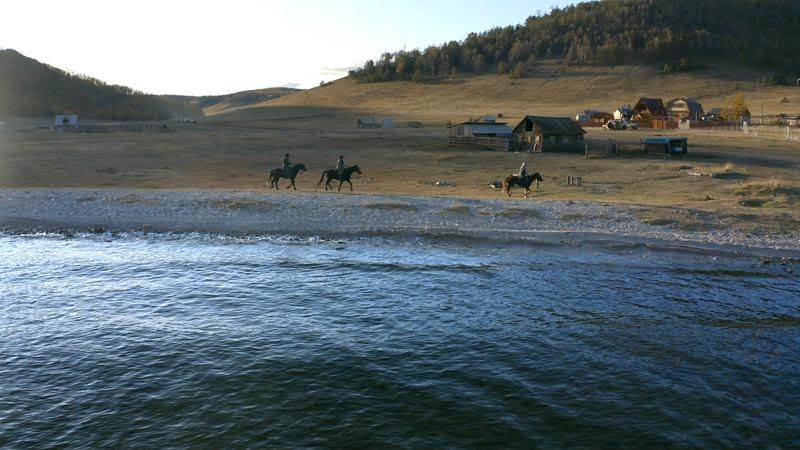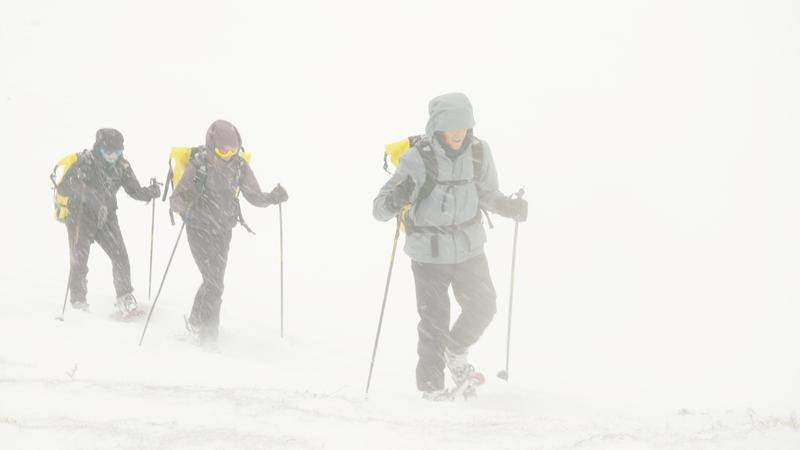When you think of the center of the earth, there’s likely a few things that come to mind. Maybe it’s the actual hot core in the center or maybe it’s an adventure that only Jules Verne could conceive of. In National Geographic’s new non-elimination competition series, Race to the Center of the Earth, it’s a buoy in the middle of the ocean that contains $1 million.
Taking place over 15-days, this 6-episode series finds 4 teams, each with 3 participants, traversing through different terrains. Starting in North America, South America, Russia and Southeast Asia, each team is presented with daily challenges that have been mapped out by experts, who have also set a time limit. The teams aren’t necessarily racing against each other to get to a central point, but are racing to beat the time for each quest.
You may be thinking that if they’re not starting equidistant from the $1 million buoy, what is the point? The point is points, literal points that are awarded depending on how each team does in their challenge. If they reach their final marker more than 30-minutes early, they get 2 points, the highest number awarded for each mission. If they’re on time, it’s 1 point. Up to 30-minutes late is 0 points and more than 30-minutes late gets them a negative number. At that point, the teams might not be allowed to finish the mission depending on restrictions that may be in place in that region. At the end, the teams will be assembled in their race to the buoy and will take off with advantages based on the total number of points earned leading up to that moment.
Making the game extra challenging is that the teams don’t have a map, but are given a handheld GPS tool that points them in the direction of waypoints. There’s an order to the waypoints and all three members must go through each for the quest to be successful. If they somehow missed one but find their way to the next waypoint, they have to turn back to find it.
Each of the teams are made of amateur athletes who know each other: a group of teachers from Seattle, office workers from Denver, police officers from Alaska and rock-climbing friends from San Diego. They’re each sent to one of the four regions and in the supersized premiere episode, viewers get a taste of what’s to come. Trails on the first two days include cross country skiing in South America, riding bikes through a mountainous maze in Vietnam, riding horses through Siberia, and climbing a steep island cliff in Quebec.
Race to the Center of the Earth plays like The Amazing Race on a safer scale. The contestants may not have maps, but they’re also not expected to free solo a cliff, with equipment pre-set up for whatever task may await in each quest. At the same time, it does showcase the locale of each region, with contestants sometimes required to take public transportation between waypoints or spend a night in the care of a villager. Other times, they’re ruffing it in tents or yurts.
The premise of Race to the Center of the Earth is exciting, but the execution is less so. Since the teams are racing against the clock for points rather than against each other in a Rat Race-style adventure, the stakes likely won’t seem that high until the final race. The editing also has to balance four teams doing drastically different things and the narrative flow is incongruous as a result. I have a feeling it will be a thrilling finish by the end of the series, but whether or not viewers will be patient enough to wait through it remains to be seen.
I give Race to the Center of the Earth 3 out of 5 shadows of the camera crew trying to keep up with each team.
Race to the Center of the Earth premieres March 29th on National Geographic.



